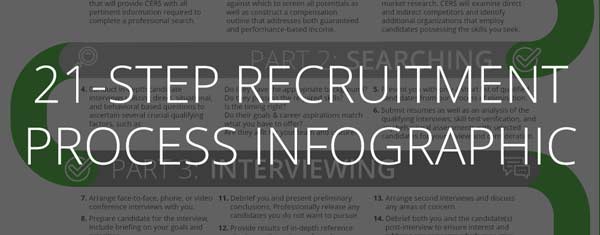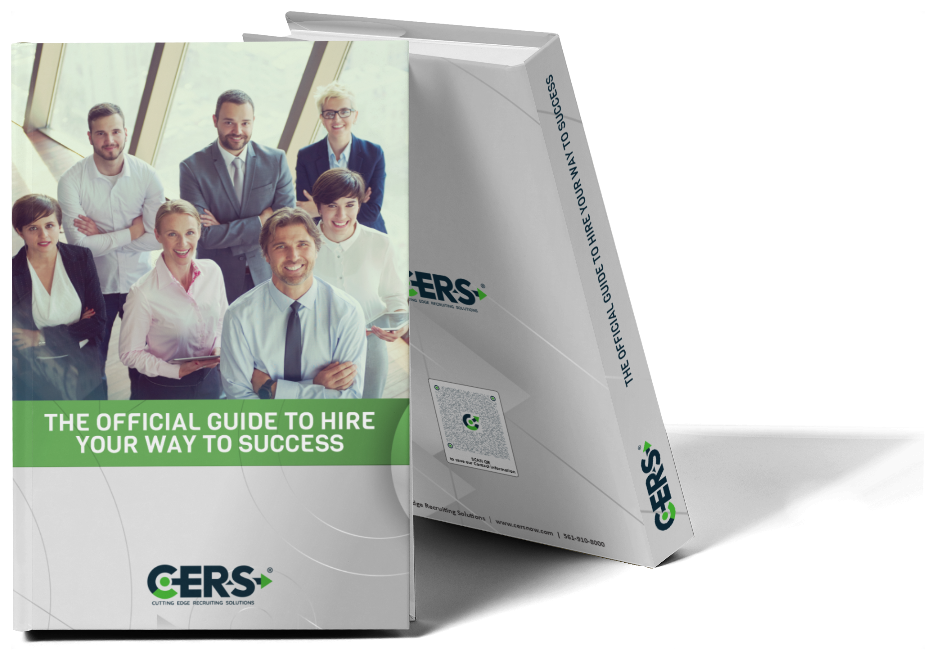One of the best things any company can do is ensure that they have a well-oiled recruitment process. At some point your company is going to need to bring in some new people, and when this occurs, you want to make sure that you are getting someone who is a good fit. If you’re recruitment process has some kinks in it, you could find that not only are you wasting valuable time and resources, but you are ending up with candidates that don’t help your business.
To prevent this, your company should strive to have the ideal recruitment process, and for that to happen, it helps to know what that looks like.
Stage 1: Planning
The first step in the ideal recruitment process is planning. Before you can begin searching for candidates or conducting interviews, you need to have a solid plan in place. During this phase you should be gathering all of the relevant information related to the job opening, coming up with a picture of your ideal candidates, and assembling the team that will be conducting the recruitment. Don’t rush through this phase, as the more planning you do in advance, the smoother the recruitment process will go the rest of the way.
Stage 2: Starting Your Search
With your plans made, now you can begin searching for candidates. This is when you will start going through resumes, conducting candidate testing, such as skill and personality assessments, and screening for experience or education requirements. During this time you want to gather as much information as you can about each candidate so that you can decide whether or not they will make your short-list to be interviewed.
Stage 3: Interviews
After you have gone through all of the candidates that applied, and formed a select group that you think will be the best fit, now you can move onto face-to-face interviews. Reach out to each candidate on your short list, and arrange a time for them to come in and meet you and/or your team. Use this time to ask your candidates deeper questions and to learn more about their personality. Find out things such as what they consider to be their greatest work achievement, what type of work environment they prefer, and why they are interested in your company. Take notes throughout each interview so that you can remember the candidates after they leave.
After interviewing all of the candidates on your list, you can now start narrowing down your search even further. You should have a good idea as to which candidates stood out in their interviews and which ones are less likely to be a good fit. As you weed out candidates, be sure to let them know that they are no longer in consideration so that they can continue to look for other job offers. If inclined, you can provide these candidates with your reasoning for moving on, which can help them perform better when interviewing for future job openings.
With your candidate list now shorter, start to arrange a second interview, if needed. Use this interview to ask more specific questions and to talk hypotheticals about how they would do things if hired. You can also use this interview to find out things like how they feel they can benefit the company, what their career goals are, and when they can start, if hired. By the end of the second round of interviews, you should have a pretty good feel for each candidate, and know everything you need to know.
Stage 4: Negotiations
With all of the interviews and assessments done, you should have all of the information you need to pick your top candidate. Once you have decided on who this will be, you can then reach out to them to present your offer, and begin negotiations. During this phase you will verify their previous salary information, negotiate compensation packages, and do any remaining background checks such as education verification. If all goes well, you and your candidate will be able to reach a deal rather easily.
Stage 5: Follow-through
All that’s left now is to sign the papers and get your new candidate started. During this time you should help to make sure your candidate feels at home in the new company, and give them any assistance they may need to get going. Follow up with the candidate from time to time to make sure that everything is running smoothly, and that there are no issues.
After your new hire has begun work, you should take a look back at how the recruitment process went. One of the best ways to have the ideal recruitment process in place is to always look for ways to improve, and to do this you need to do a post-recruitment examination. What part of the process was difficult? Which parts do you feel took too long, or used too many resources? After the new hire has been around for a few months, do you feel that they were the best selection? If not, how could you improve the recruitment process to ensure you get a better candidate next time?
Another question to consider is whether or not your company actually has the time and resources to conduct the ideal recruitment process. Finding the best candidates requires that you have the best tools, the right experience, and the time and resources necessary devoted to it. For many companies the better solution is to partner with a recruitment firm that has a proven record of success. By working with a staffing vendor, all you need to do is tell them what you’re looking for in a candidate and allow them to do the searching for you.
All companies need to bring in new recruits in order to grow. Finding the best candidates requires your company to have an efficient recruitment process – whether it is in-house, or through an outside firm. So no matter how you plan on going about it, aim for the ideal recruitment process, and give yourself the best chance at hiring the right candidates.
[av_hr class=’short’ height=’50’ shadow=’no-shadow’ position=’center’ custom_border=’av-border-thin’ custom_width=’50px’ custom_border_color=” custom_margin_top=’30px’ custom_margin_bottom=’30px’ icon_select=’yes’ custom_icon_color=” icon=’ue808′ font=’entypo-fontello’ admin_preview_bg=”]
Interested in learning more? Click below for a detailed graphic that describes our 21-step recruitment process that’s designed to quickly and thoroughly fill vacant positions.










